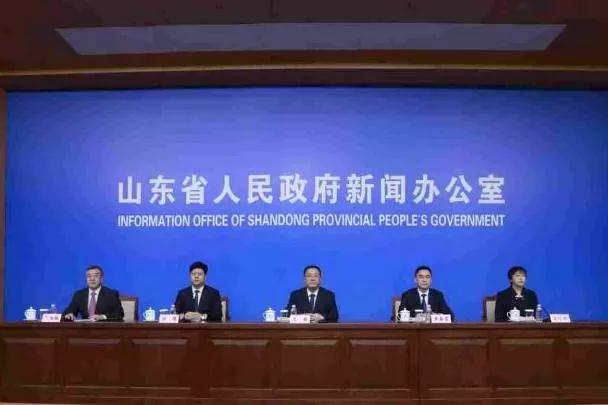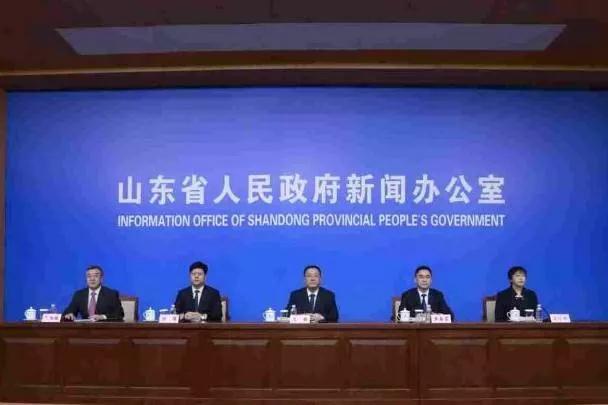
BEIJING, Jan. 7 (Xinhua) -- Shandong, a coastal province in east China, proposed in its 2021-2035 development plan for the city cluster on China's largest peninsula - Shandong Peninsula to grow it into a world-class one by 2035, according to a press conference held by the Information Office of Shandong Provincial People's Government on Thursday.
The city cluster on Shandong Peninsula, including 16 cities of Shandong Province, is an important hub connecting south China and north China. Adjacent to Japan and the Republic of Korea, the city cluster is linked with the markets alongside the Belt and Road Initiative countries and regions. In 2020, the 16 cities altogether generated gross regional product in excess of 7.3 trillion yuan, accounting for more than seven percent of the national total.
Wang Dong, deputy director of Shandong Development and Reform Commission, said on the press conference that the 15-year city cluster development plan highlights systemic planning that well balances the relationships between environment protection and development, development and security, now and future, and overall development and regional development as well. It takes into thorough consideration of the provincial 14th Five-Year plan guidelines, ecological protection and development plan in the Yellow River basin and related implementation plan, and relative special plans to ensure clear targets setting, sufficient guarantee measures and concrete projects supporting.
The plan contains six parts and 22 chapters and proposes to realize new development strides in the city cluster on Shandong Peninsula by 2025. Under the target, the city cluster aims to improve annual growth rate of its R&D expenditure inputs to around 9.3 percent and form a batch of industrial clusters, industry-leading enterprises and reputed brands with notable global influences. Urbanization rate of permanent resident population is intended to reach about 68 percent together with balanced exchange of urban and rural production factors. The city cluster targets capping annual coal consumption at around 350 million tonnes and greatly reducing total emission of major pollutants. Urban and rural development gaps, residential incomes gaps and living standard gaps are planned to be further narrowed down.
By 2035, the plan provides to achieve relatively high level of socialist modernization, significantly improved economic strength, growth drivers and comprehensive competitiveness, with Ji'nan and Qingdao widely regarded as modern international metropolises. By then, new urbanization mode is expected to be more mature and stable and common prosperity will record practical progresses.
Compared with others, the city cluster on Shandong Peninsula boasts advantages such as coordinated development of the primary, secondary and tertiary industries, coordinated efforts by both the supply side and demand side, coordinated development of land and maritime economy, and broadly connected transportation systems, said Li Chunlei, deputy director of the office of Shandong provincial urbanization work leading group.
Currently, an industry system integrating advanced manufacturing and modern service sectors has basically in shape in the city cluster on Shandong Peninsula on basis of the complete industry types, more than one trillion yuan of gross agricultural product, industrial added value ranking high among comparable data nationwide, and 55.1 percent contribution to economic growth by modern service industry, Li added. (Edited by Duan Jing with Xinhua Silk Road, duanjing@xinhua.org)




 A single purchase
A single purchase









